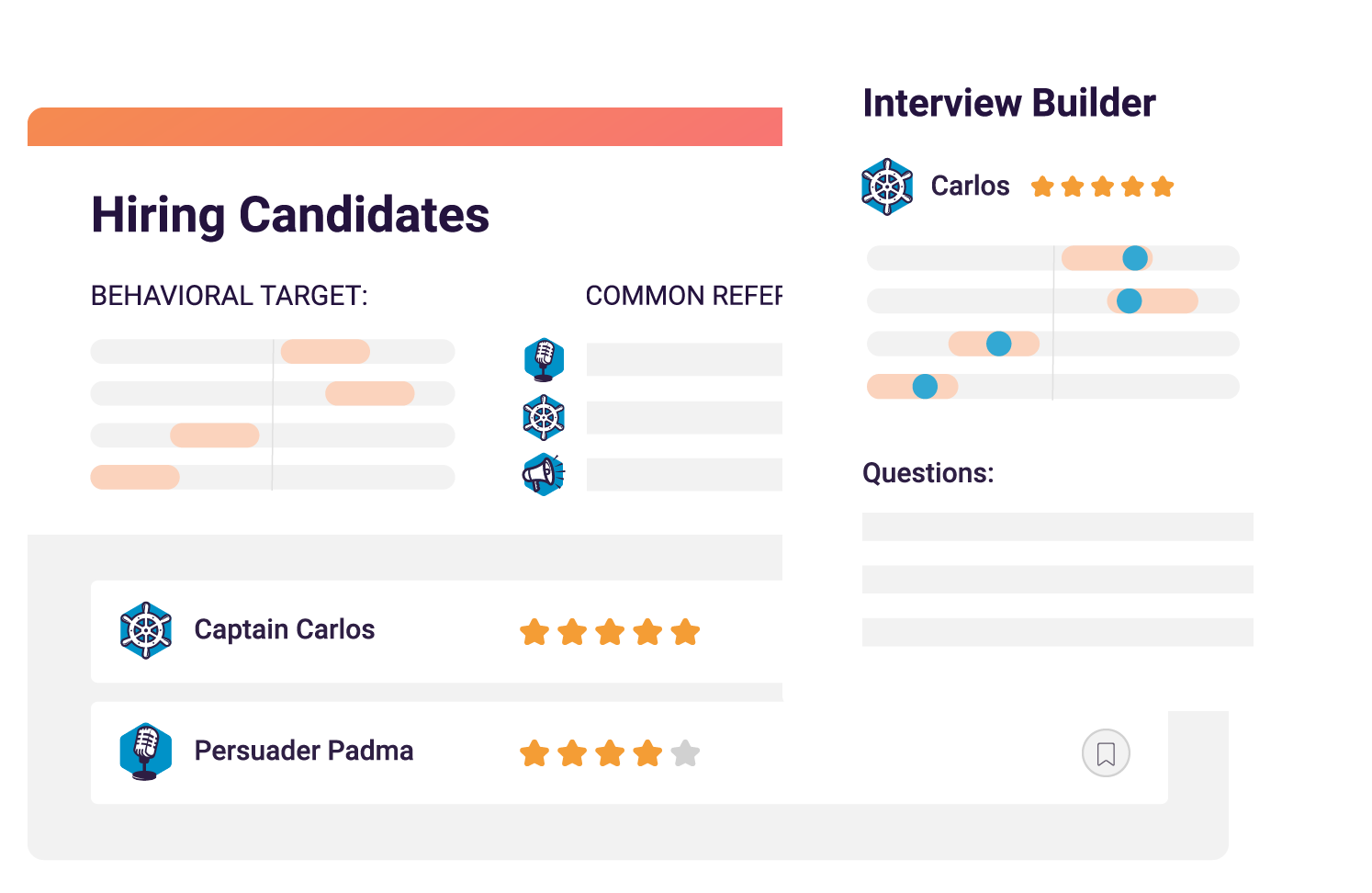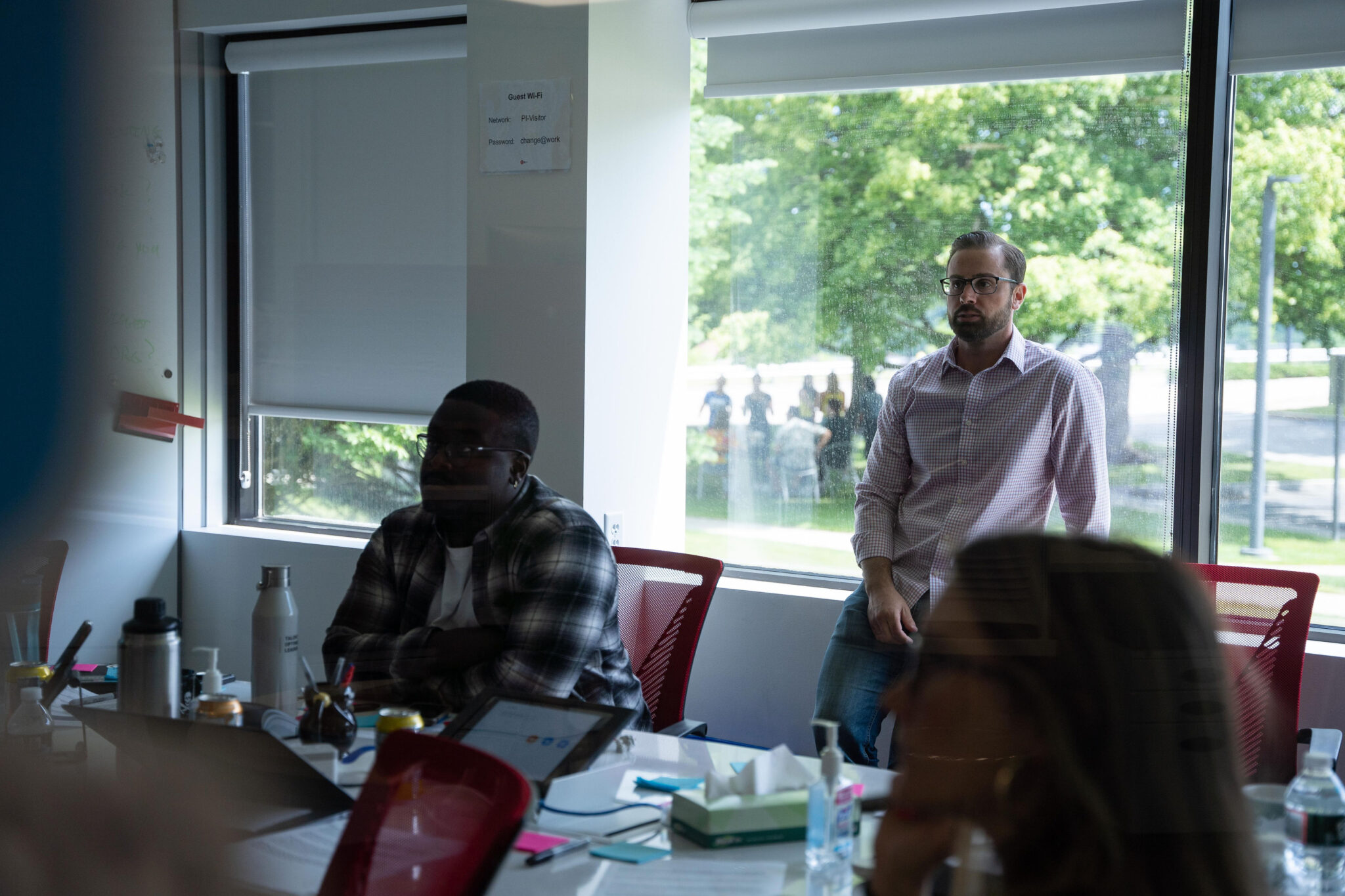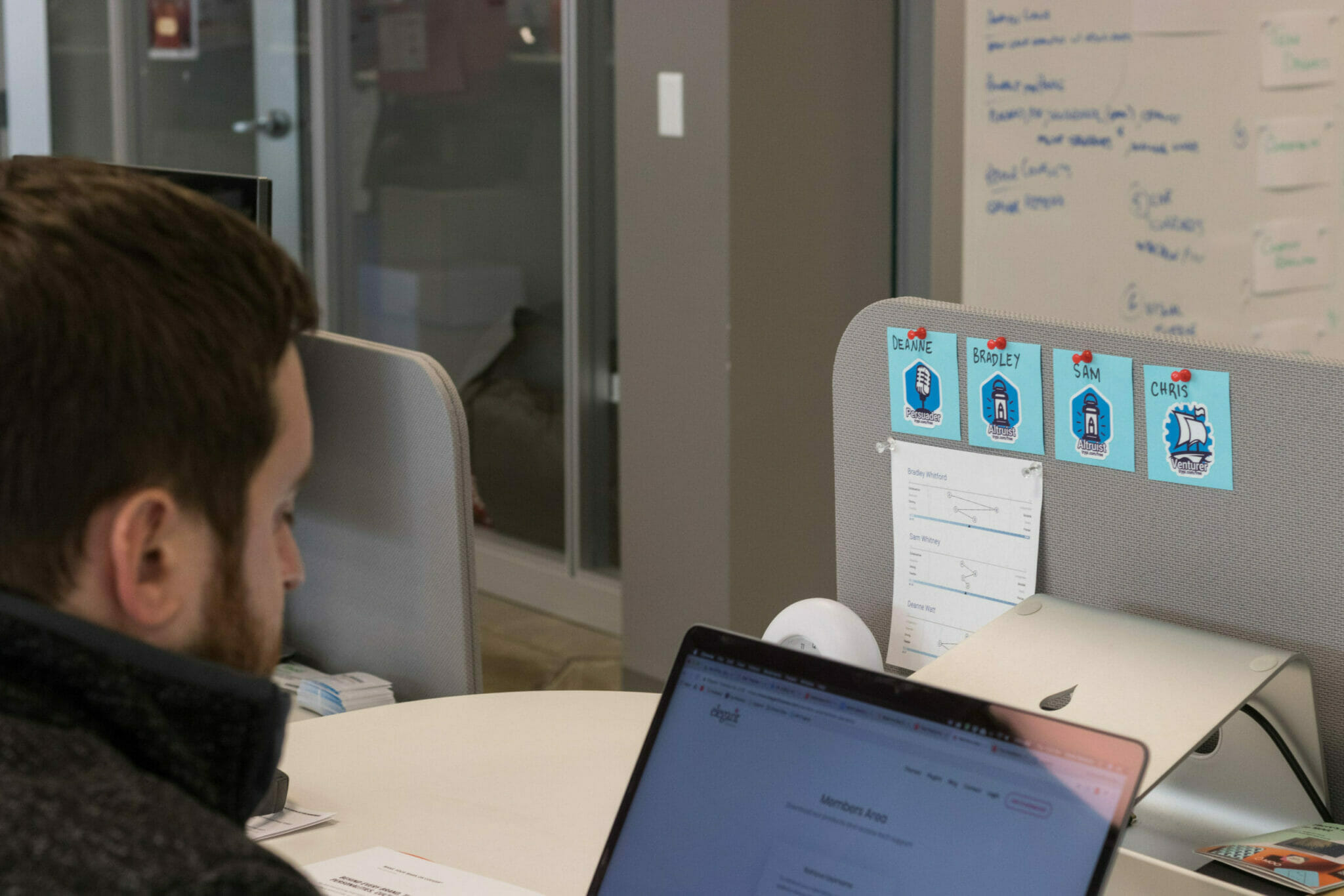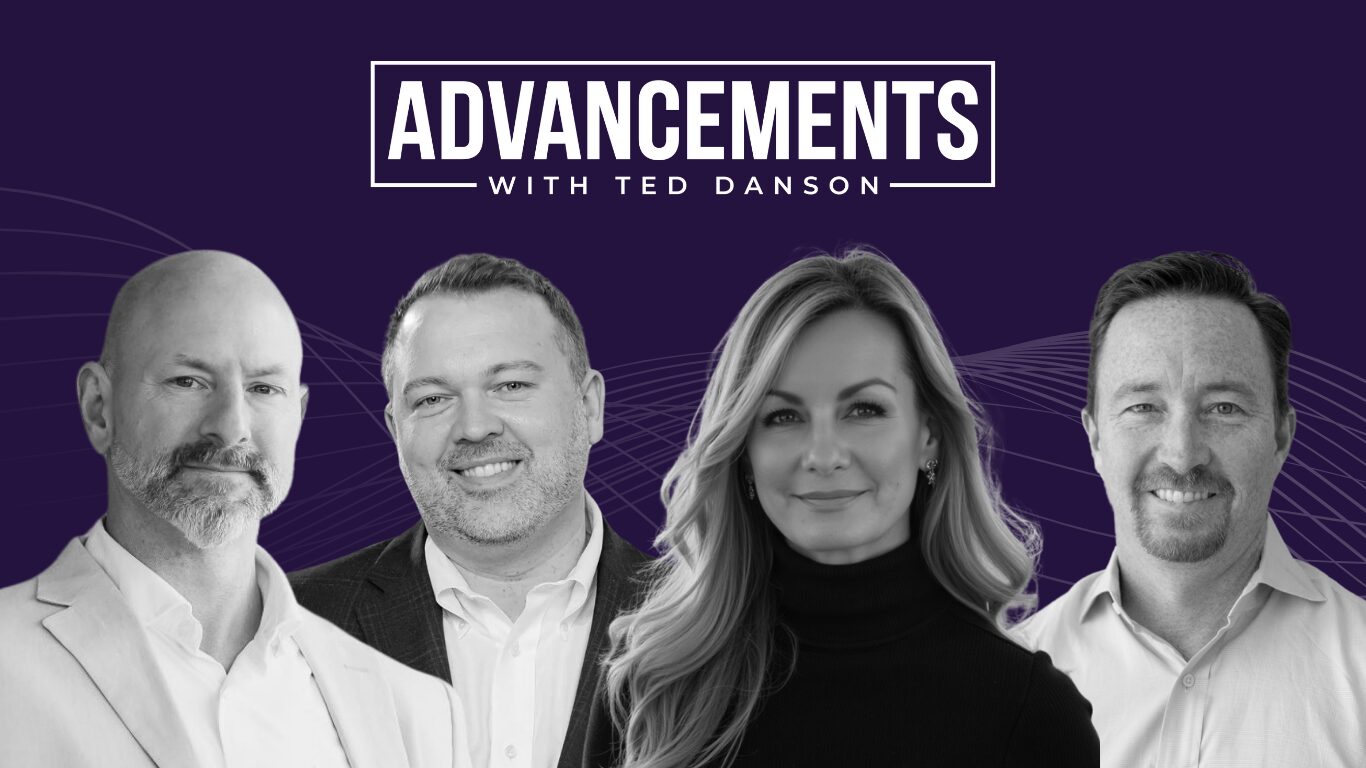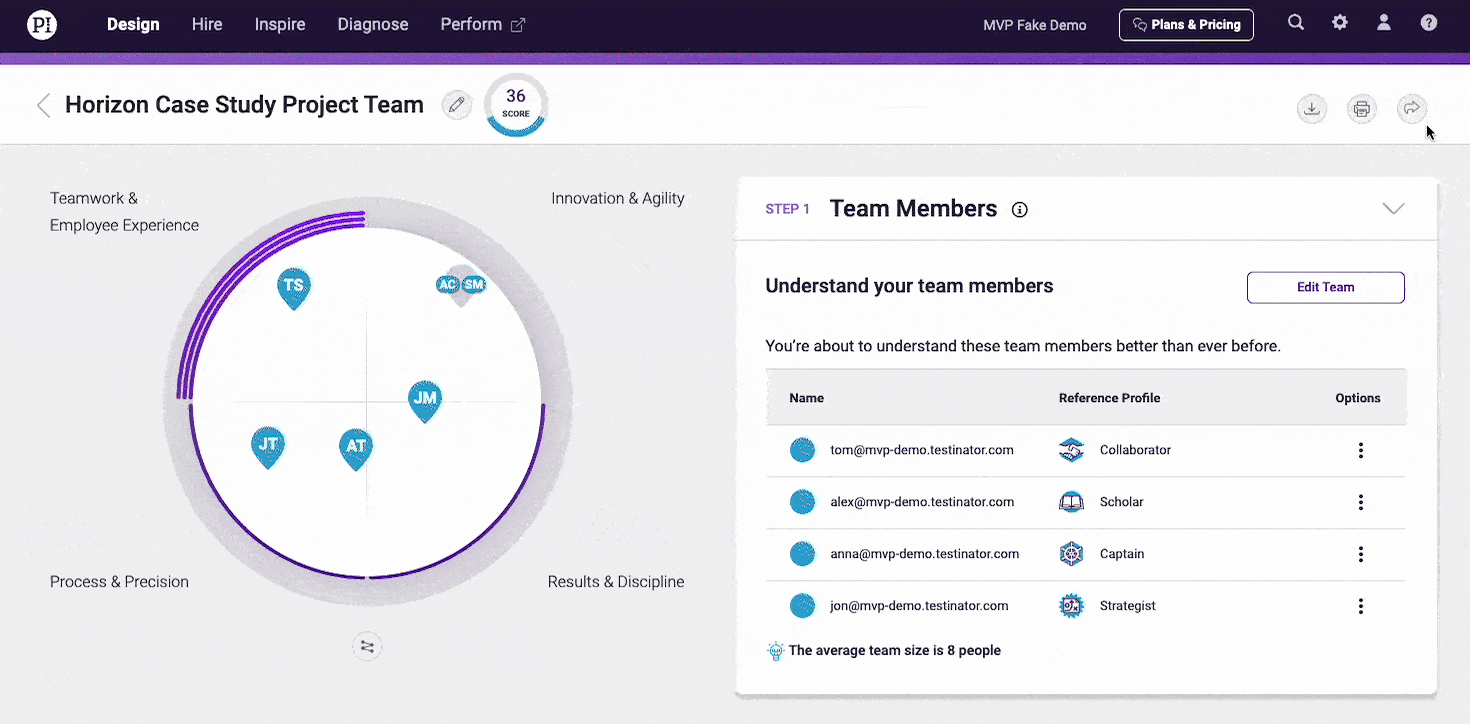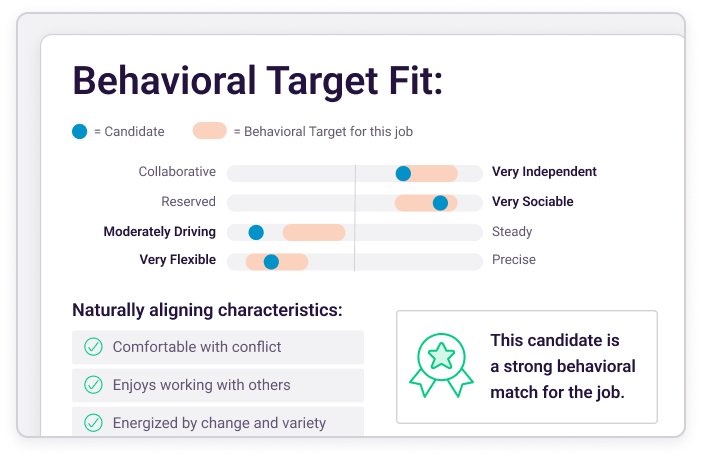Imagine you build the dream team at your company. Executives, managers, and staff are firing on all cylinders, working in total cohesion toward a common goal.
Everyone’s happy, everyone’s roaring past their monthly quotas.
Then someone leaves.
Do teams continue on their current trajectory—just with one less member? Do you hire a replacement and hope they mesh with the existing culture?
Evaluating the framework of your teams—their behavior, engagement, and performance—is paramount to understanding what makes employees tick. What drives them to succeed? Who works well with whom?
Once you understand the working relationships at your company, you can more accurately predict who’s a must-have hire and who’s unlikely to contribute.

Leverage people data at scale.
It can take upward of one month to get a perfect hire through the door, from the first to the final touchpoint in the recruitment process. In some respects, the gap between when an employee leaves and when a replacement is brought in could be recorded as business downtime. This especially holds true for critical roles, such as executive positions or sales.
Are your teams operating as efficiently as they could be when they’re down one member? Are they just biding their time—and plateauing—until they’ve fully onboarded and trained another teammate?
To avoid any backsliding or flatlining of group performance, it’s important to have quantitative indicators guiding your hiring policies. This includes data points that address oft-immeasurable traits like extraversion, deference, collaboration, determination, and more.
Use behavioral and cognitive assessments of your existing staff to construct profiles of an ideal cultural and operational fit. Make your data people-driven, so to speak.
Optimize for the larger group, rather than individual talents.
Rather than making observations along the lines of “Candidate A has a strong resume and deep experience in the field” or “Candidate B made a strong impression during the interview,” look outward at the team said candidates would be joining.
Think: “Does candidate A’s low extraversion gel with our sales team’s extraverted and assertive personalities?” or “Would candidate B’s communication style disrupt the customer service team’s normal rhythms and preferences?”
Talent optimization for high-performing teams focuses on the team as a whole—not the individual talent. Applying predictive thinking to hiring decisions weeds out misfits so your teams can maintain a healthy and functional dynamic.
Predict changes to the team dynamic.
Any time a new team member is added, a new team is formed. While it’s important to find a candidate who’s a good fit for the team, it’s also necessary to consider the team’s alignment with strategic initiatives. For example, a start-up may be comprised of predominantly innovative, fast-paced employees. But, as the organization grows, there may become a need for more structure, ultimately allowing teams to move faster. The addition of a team member who’s process-oriented is necessary at that point but a behavioral adjustment for the team.
Whenever you bring on a new hire, consider how the team dynamic will shift. What will change as a result of adding this person? Perhaps your team will need to develop a new way of communicating or a new process for project management. By thinking through these changes ahead of time, you can set expectations for what’s to come and better help your existing team adjust to the changes.
Maintain high-performing teams with smart, data-driven hiring.
When team dynamics change without forethought, employees can disengage from the project or chafe under the strain of a new team dynamic.
By predicting team dynamics in advance of the applicant selection process, HR leaders and hiring managers can make strategic, data-backed hiring recommendations. In addition to creating and maintaining high-performing teams, this data-driven approach curtails churn.
Join 10,000 companies solving the most complex people problems with PI.
Hire the right people, inspire their best work, design dream teams, and sustain engagement for the long haul.
